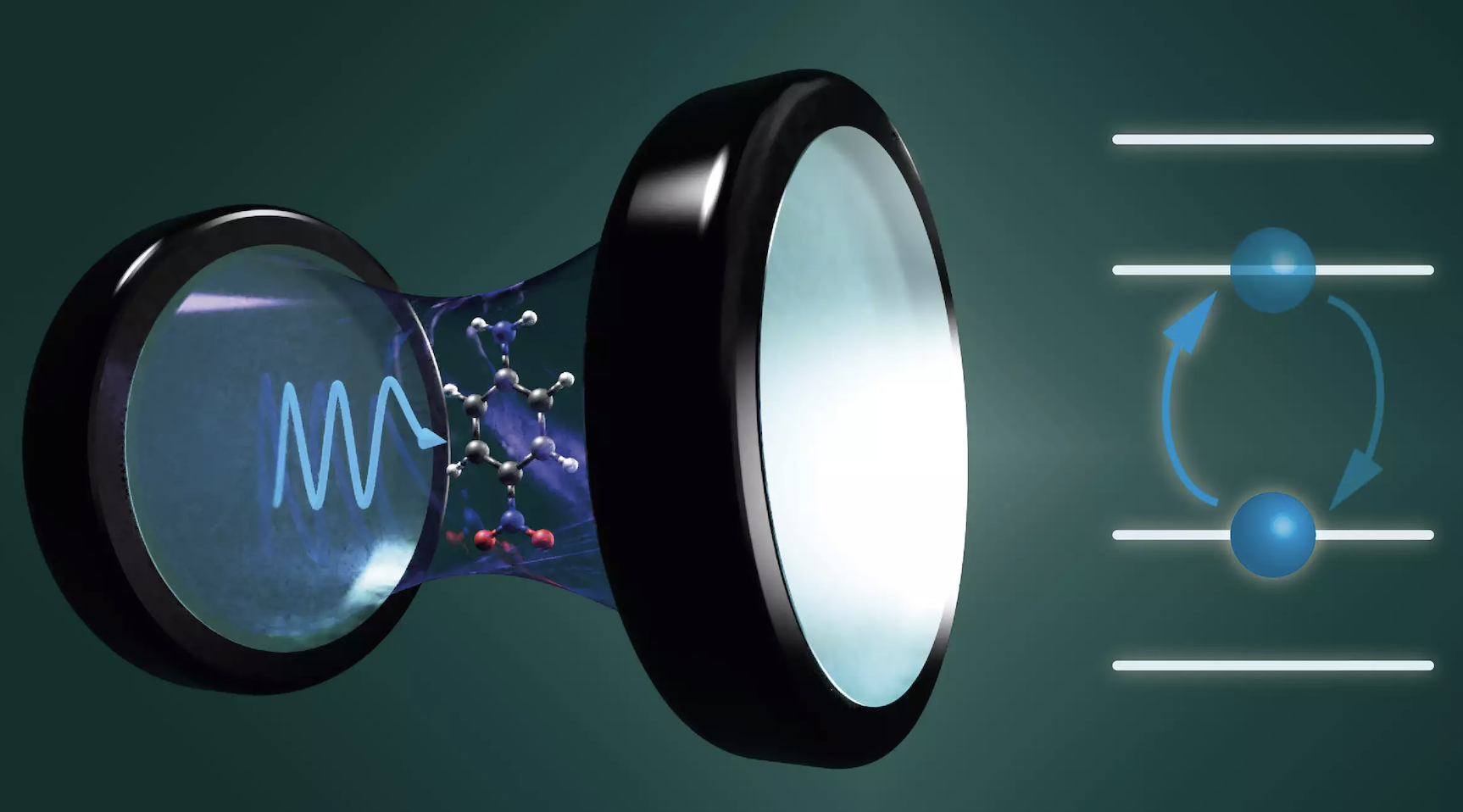- Indico style
- Indico style - inline minutes
- Indico style - numbered
- Indico style - numbered + minutes
- Indico Weeks View
CUI/AIM & MPSD Workshop “Polaritonics from first principles”
→
Europe/Berlin
Hotel Freihof am Roland, Wedel
Hotel Freihof am Roland, Wedel
Am Marktplatz 6
22880 Wedel
Description
CUI/AIM & MPSD Workshop “Polaritonics from first principles”
This workshop is intended as a bridge between polaritonic first-principle simulations, polaritonic modelling and experiments. With the recent advances in polaritonic first-principle simulations it becomes important to connect these new results with advanced models of polaritonic chemistry and discuss their implications for experiments and their interpretations. In this way a simple framework/language can be devised in order to allow beneficial synergies between ab initio methods, novel model approaches and experiments.

Invited speakers:
- Avriller, Remi (University of Bordeaux)
- Barnes, Bill (University of Exeter)
- Fleischer, Sharly (Tel Aviv University)
- Genes, Claudiu (Max-Planck Institute for the Science of Light, Erlangen)
- Herrera, Felipe (Universidad de Santiago de Chile)
- Koch, Henrik (Norwegian University of Science and Technology)
- Kowalewski, Markus (Stockholm University)
- Murakoshi, Kei (Hokkaido University)
- Nitzan, Abraham (University of Pennsylvania)
- Sandoghdar, Vahid (Max-Planck Institute for the Science of Light, Erlangen)
- Schachenmayer, Johannes (University of Strasbourg)
- Schaefer, Christian (Chalmers University)
- Sidler, Dominik (Max-Planck Institute for the Structure and Dynamics of Matter, Hamburg)
- Simpkins, Blake (Naval Research Laboratory)
- Sukharev, Maxim (Arizona State University)
- Thomas, Anoop (Indian Institute of Science)
- Vendrell, Oriol (University of Heidelberg)
- Xiong, Wei (University of California)
Participants:
- Biswas, Subah (Indian Institute of Science)
- Bustamante, Carlos (Max-Planck Institute for the Structure and Dynamics of Matter, Hamburg)
- Fojt, Jakub (Chalmers University)
- Guerlek, Burak (Max-Planck Institute for the Structure and Dynamics of Matter, Hamburg)
- Hayashi, Takahiro (Hokkaido University)
- Horak, Jacob (Max-Planck Institute for the Structure and Dynamics of Matter, Hamburg)
- Joens, Christian (University of Hamburg)
- Kerker, Fridjtof (DESY, Hamburg)
- Krebs, Dietrich (DESY, Hamburg)
- Krupp, Niclas (University of Heidelberg)
- Lu, I-Te (Max-Planck Institute for the Structure and Dynamics of Matter, Hamburg)
- Mendoza-Santoyo Bernardo (Max-Planck Institute for the Structure and Dynamics of Matter, Hamburg)
- Otterpohl, Florian (University of Hamburg)
- Potor, Barnabas (University of Hamburg)
- Riso, Rosario (Norwegian University of Science and Technology)
- Thorwart, Michael (University of Hamburg)
- Yang, Zimo (University of California)
Organizers:
- Michael Ruggenthaler (Max-Planck Institute for the Structure and Dynamics of Matter, Hamburg)
- Tal Schwartz (Tel Aviv University)
- Guido Pupillo (University of Strasbourg)
- Angel Rubio (Max-Planck Institute for the Structure and Dynamics of Matter, Hamburg)
